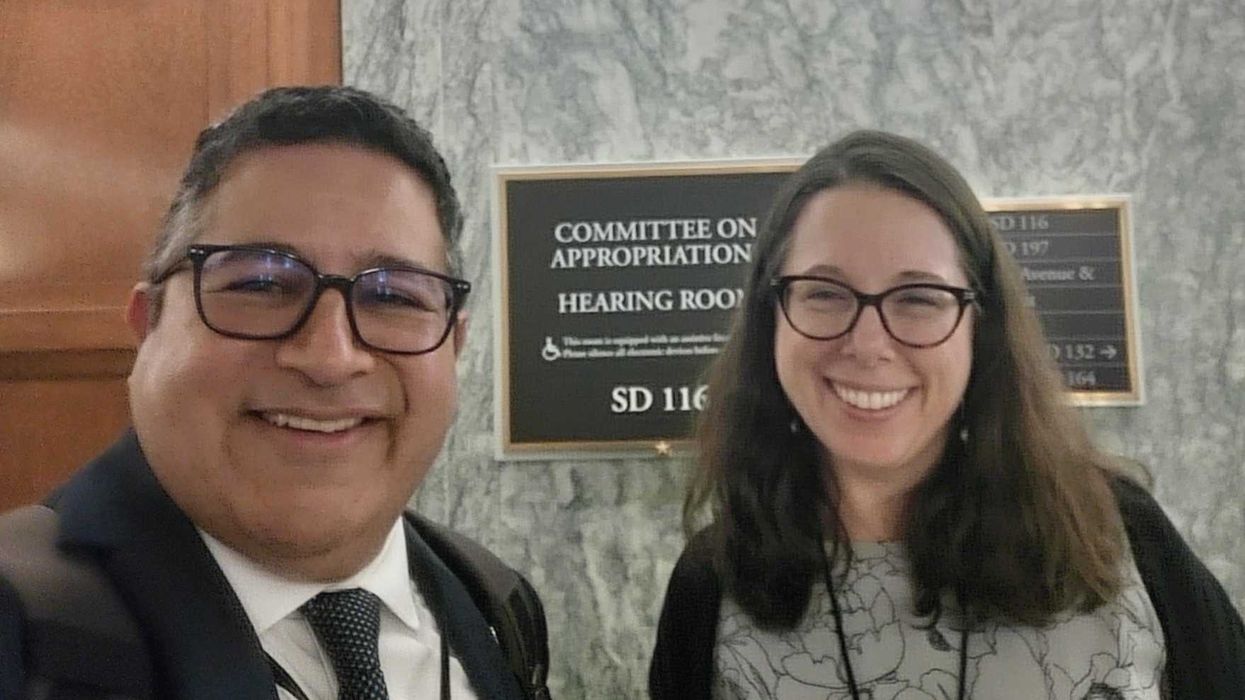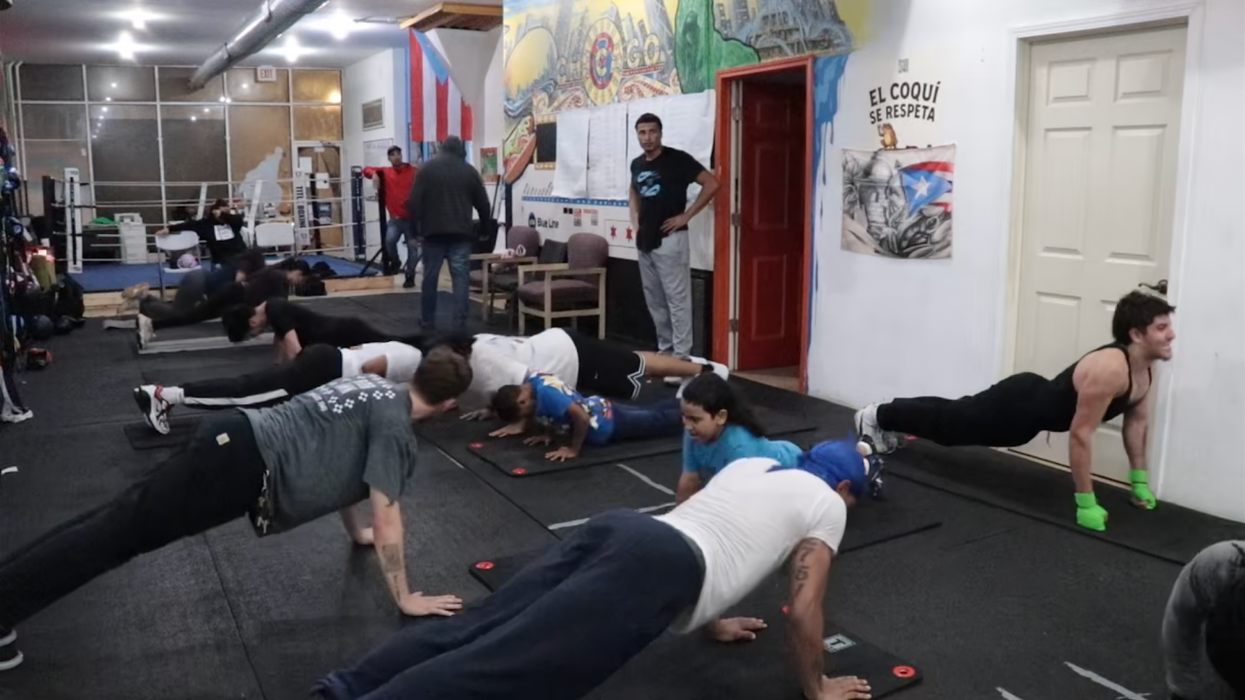Grant Park, 1968
In the summer of 1968, I was living in Chicago when the city erupted around the Democratic National Convention. Tear gas hung over Grant Park. Demonstrators threw rocks and bottles; police responded with clubs and mace. What followed revealed as much about the nation's divisions as the war itself.
Today, more than half a century later, the United States faces another moment of internal confrontation. Since Donald Trump began his second term nine and a half months ago, federal agents have deployed to American cities as instigators rather than responders. In 1968, citizens initiated the confrontation. In 2025, the state does.
When Citizens Confronted Power
The 1968 protesters came to challenge the Democratic establishment over the Vietnam War. As the Walker Report documented, protesters threw "rocks, sticks, bathroom tiles, and even human feces" at officers. Police responded with "unrestrained and indiscriminate" force in what the report called a "police riot."
By early 1968, Gallup found that a slim majority of Americans opposed the war. The convention protests made that opposition impossible to ignore.
Citizens confronted authority in 1968, and the democratic system absorbed it. Courts investigated. The Walker Report documented abuses. Policy changed. Democracy was tested and held.
When Power Crushes Citizens
In 2025, the pattern has reversed. On September 8, the Department of Homeland Security announced Operation Midway Blitz, a federal immigration enforcement surge in Chicago conducted without the city's or state's request.
Federal agents deployed tear gas, pepper spray, and rubber bullets against protesters at the Broadview ICE facility. A CBS Chicago reporter was shot at with pepper balls while checking on protests from her car. Federal agents tear-gassed residential neighborhoods with no warning. An ICE agent fatally shot a Mexican immigrant during an arrest attempt. Court filings document that federal agents detained at least 27 people without warrants, including at least three U.S. citizens.
On October 9, 2025, U.S. District Judge Sara Ellis issued a temporary restraining order prohibiting federal agents from using force against peaceful protesters and journalists. She found that federal agents' conduct violated constitutional protections and noted that "whatever lawlessness is occurring is not occurring by peaceful protesters."
That same day, U.S. District Judge April Perry issued a separate restraining order blocking Trump's National Guard deployment to Illinois. Perry ruled the deployment violated the Constitution and found the Department of Homeland Security's account of events "simply unreliable."
The administration's response was defiance. Stephen Miller announced to ICE agents: "You have federal immunity in the conduct of your duties." Judge Ellis subsequently expressed being "profoundly concerned" that federal agents were not following her restraining order.
This 1968/2025 inversion matters. When violence flows upward from citizens to the state, democracy's institutions are tested. When it flows downward from the state to citizens, democracy is dying.
What Protest Can and Cannot Do
The lesson of 1968 is that protest changes history only when democratic institutions remain intact. In 2025, that mechanism is breaking down. Courts issue restraining orders; the administration ignores them. Officials claim immunity. The president deploys troops against governors' wishes, and his lawyers argue that "the president's judgment is unreviewable."
The Broadview protesters have done what 1968's protesters did: they have exposed state overreach through disciplined resistance. They have succeeded in obtaining judicial protection. Yet judicial protection only works if power submits to it. The question facing Americans concerns whether democratic institutions can still constrain a government that refuses to be constrained.
That task falls to voters. If the majority awakens but elected officials serve the strongman rather than the Constitution, then the democratic system fails because those sworn to uphold the law refuse to enforce it. The 2026 midterm elections will determine whether Americans choose representatives who will defend democratic constraints or those who will continue dismantling them.
But elections are only part of the work. What happens between them often matters more—how communities organize, protect local journalism, defend independent courts, and stand up for those targeted by the state. These small acts of solidarity sustain the trust that makes elections meaningful.
The System Under Assault
The Chicago I remember was a city in anguish, a microcosm of a nation tearing itself apart. But the aftermath proved something enduring: that even in division, democratic institutions could still hold authority accountable.
The difference between 1968 and 2025 lies in how systems respond. In 1968, the system could absorb citizen rage and respond with investigation, accountability, and ultimately reform. In 2025, the system is under assault from those charged with defending it.
If protests in 1968 helped end one unjust war, protests today must help end another kind of injustice: one waged against the constitutional constraints that prevent tyranny. But protest alone cannot restore what is being destroyed. That requires electoral consequences that force officials to fear voters more than they fear defying the strongman they serve.
The means are different, but the goal is the same: to awaken the majority and ensure that once awakened, the majority still has the power to govern itself. That defense doesn’t begin or end on Election Day. It continues in the choices people make every day, what they tolerate, what they question, and whom they stand beside.
Edward Saltzberg is the Executive Director of the Security and Sustainability Forum and writes The Stability Brief, which analyzes how civic responsibility, governance, and public trust shape national stability.
Edward joined this month's Fulcrum Roundtable, offering insights on his column Courage Is Contagious.
- YouTube youtu.be























 (Yes, I created this with
(Yes, I created this with










